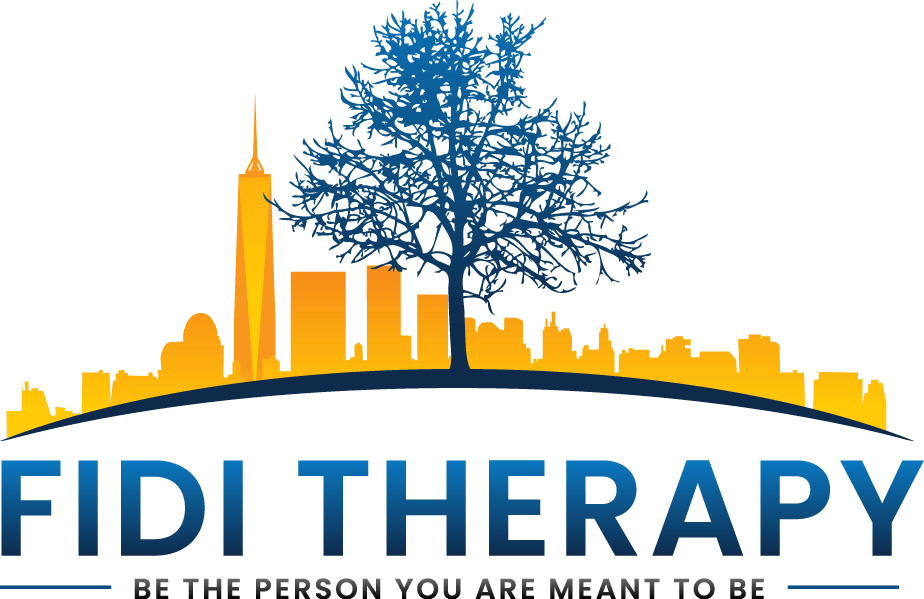We have all seen the images of the protests happening around the country and the world. Many of us notice the passion, determination, and value that the protests mean to the protesters. We also see the anger and frustration of the status quo and how unacceptable that is to the protesters.
What will show up on the other side if we take a page and put the protesters’ emotions of anger, frustration, grief, and sadness on one side? We will see the values, meaningful ideas, and how the protester wants to show up. These values can be the “importance of life in whatever color that comes,” it can be “fairness,” it can be “fundamental human rights,” or it can be some other value. When there is a conflict between the protesters’ value and the life they are living, that is where the other side of the page comes in, the emotions of anger, hurt, sadness, and grief.
Additionally, the protester may value health, family, parenting, or some other value that may not be consistent with exposing themselves to a pandemic. The difficulty of social distancing in a protest may expose the protester to an illness, which may be brought home to their community, family, and children.
What is the protestor to do, choose the value driven by the anger and frustration, or choose the value driven by concern?
In behavioral therapy, we help our clients see what is most meaningful in the present moment when confronted with a values conflict. Values conflicts will show up throughout our lives. There will be times when we have to choose between being kind and loving to our child or punitive, choosing between being supportive of our partner and allowing them to make mistakes, or exercising when one is ill and could be resting.
If we choose the most essential value at this moment, the closer we will be to doing what is best for us in the longer term.


